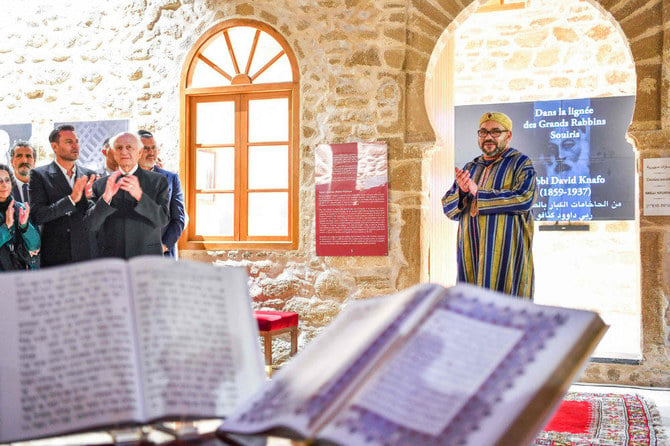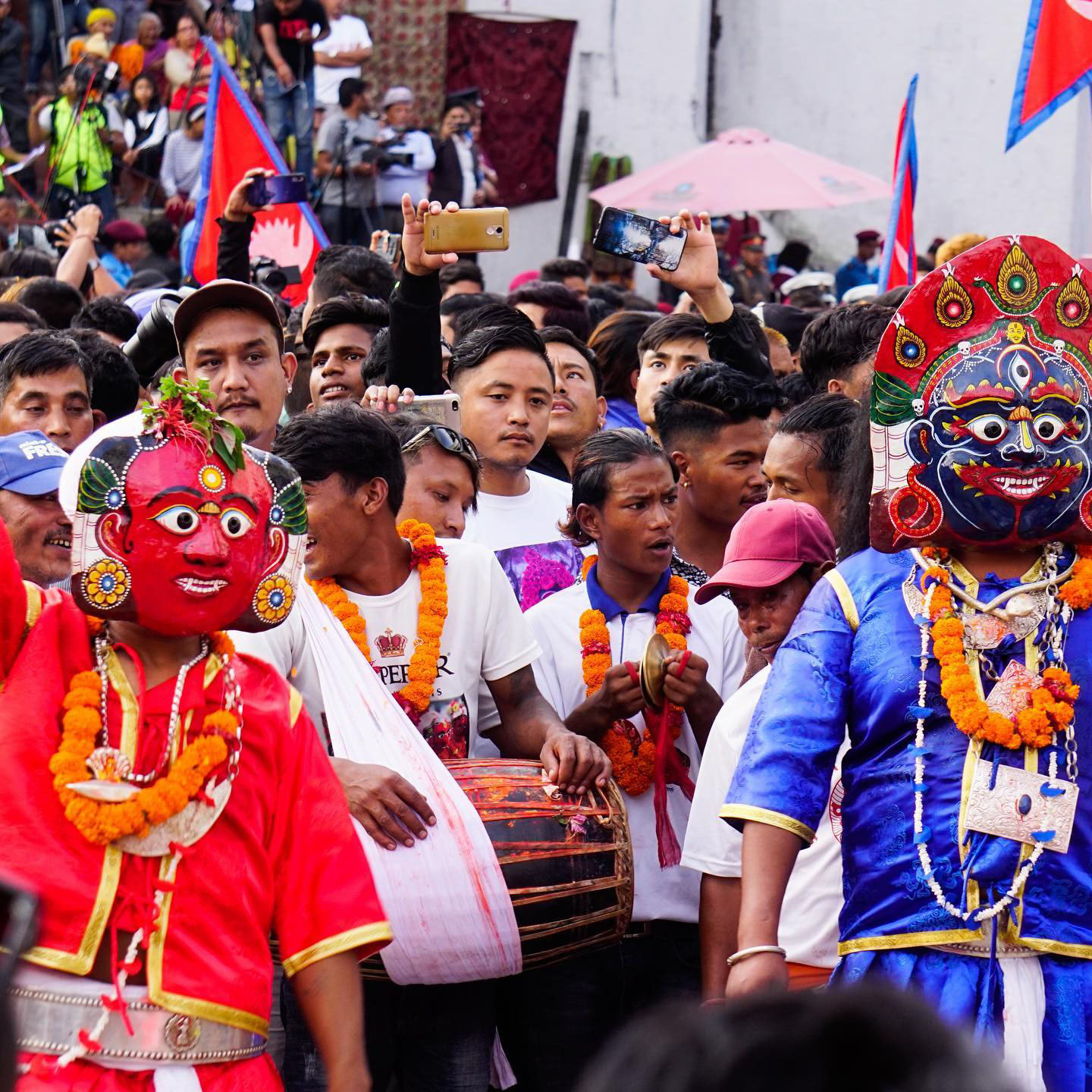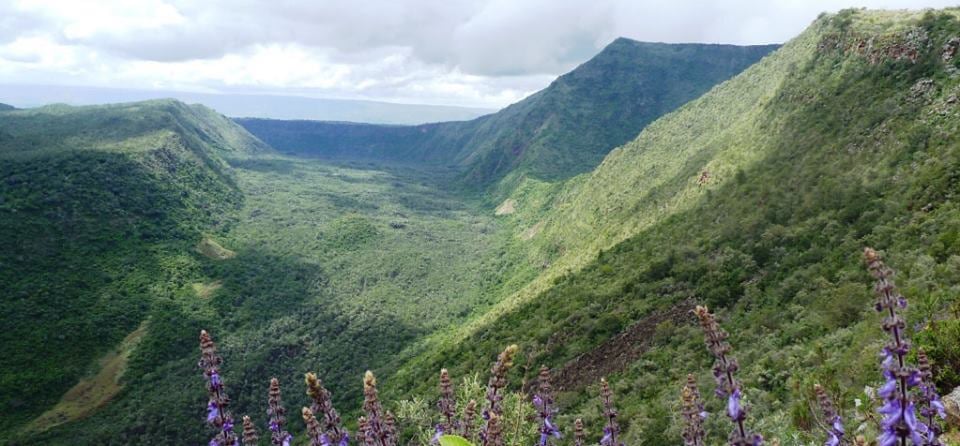Discover Portugal’s most important Jewish sights in 2 days
The entire country of Portugal still retains remnants of what was once the largest Jewish population in the world after 1492. Today, the customs and influences of the Jewish people are still deeply infused in Portuguese culture. Traveling between Lisbon and Porto, we visit the most well-preserved and significant Jewish heritage sites. Along the way, there are picturesque stone villages, cultural diversions, and time to enjoy local foodstuffs while meeting locals and members of these remote Jewish communities, who have managed to survive over the centuries in secret.
Day 1
Departing from Lisbon, we arrive at the village of Tomar to discover the best-preserved medieval Synagogue and Mikvah of Portugal. Built in 1430 for the thriving Jewish community that once existed here. Inside, we find an eclectic museum and ingenious ancient acoustic engineering.
Our next stop is the riverfront town of Coimbra and the country’s former capital. Here, we explore the narrow old streets of the former medieval Jewish quarter and the historic University of Coimbra. The university, founded in 1290 by King Dinis, is one of the oldest universities in the world. Here, you will learn about famous Portuguese Jewish scholars whose contributions laid the groundwork for the empire. The university is also renowned for its baroque library, the Biblioteca Joanina, which can be toured in place of the former Jewish quarter.
After a lunch break, we arrive in Porto for a visit to the largest Synagogue in the Iberian Peninsula. Its construction was made possible by the heroic Captain de Barros Basto (often described as “The Dreyfuss of Portugal”) and recently depicted in the historical, dramatic film “Sefarad.”
Day 2
From Porto, we head to the remote village of Trancoso, which is famous for its walls and doors adorned with stone carvings of New Christians, “Cristãos-novos” (forced converts after 1498). Nowadays, Trancoso’s Jewish and New Christian Heritage still lives in the preserved documents, local traditions, and architecture such as the Casa de Gato Preto House (Black Cat House), Poço do Mestre (Master’s Well), and many other dwellings. Inside the recently constructed Isaac Cardoso Jewish Cultural Center and Bandarra House, we discover the shoemaker, poet, and Portuguese Nostradamus who inspired Messianic thinking in Portuguese culture.
We have a lunch break before exploring the famous village of Belmonte. A Jewish community that survived in secrecy for centuries by maintaining a tradition of endogamy and hiding all the external signs of their faith until they were discovered in the 20th century. Belmonte’s Jewish community has a new synagogue and Jewish museum, Judaica shops, and kosher food items that have won gastronomy awards.
Major Highlights
- Museu Luso-Hebraico de Abraão Zacuto: The Tomar Synagogue and Mikvah Museum.
- Tomar Jewish Quarter: Walk the cobbled streets of Tomar’s former Jewish Quarter.
- Coimbra Biblioteca, or Jewish Quarter: Choose a visit to The Biblioteca Joanina or a walk through the medieval Jewish Quarter.
- Porto Jewish Quarter: A walk through the remains of Porto’s small Jewish quarter.
- Kadoorie, Mekor H’aim- Fountain of Life Synagogue: The largest Synagogue in Iberia, with stunning decorative tiles.
- Trancoso: Walk the remote stone village with secret stone carvings of the Jews who were forced to convert.
- Beit Mayim Hayim – House of Living Waters: A modern synagogue housed inside the Isaac Cardoso Center for Jewish Interpretation.
- Belmonte Jewish Quarter: Visit old streets where the surviving Jewish community resides today.
- Beit Eliahu Synagogue: Built in 1998 for the surviving Jewish community of Belmonte.
- Museu Judaico, Centro do Estudos Judaicos Adriano Vasco Rodrigues: The small but important Belmonte Jewish Museum.










